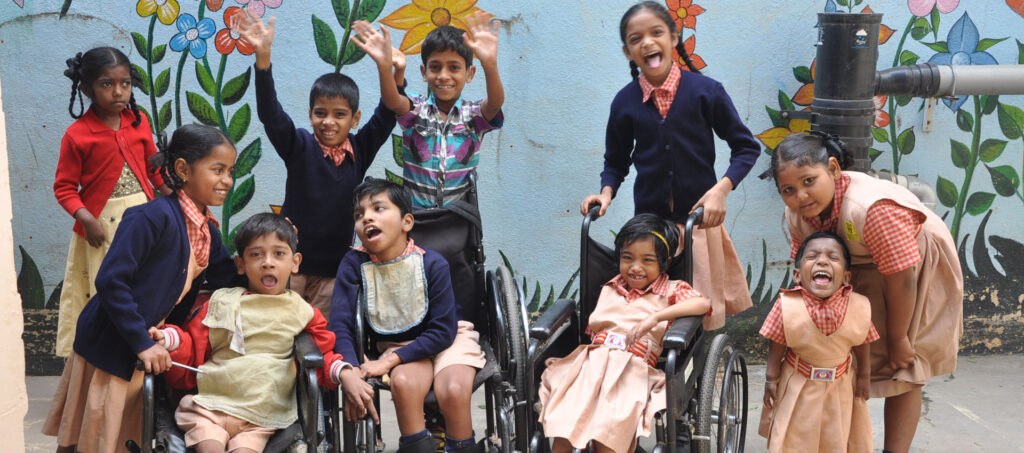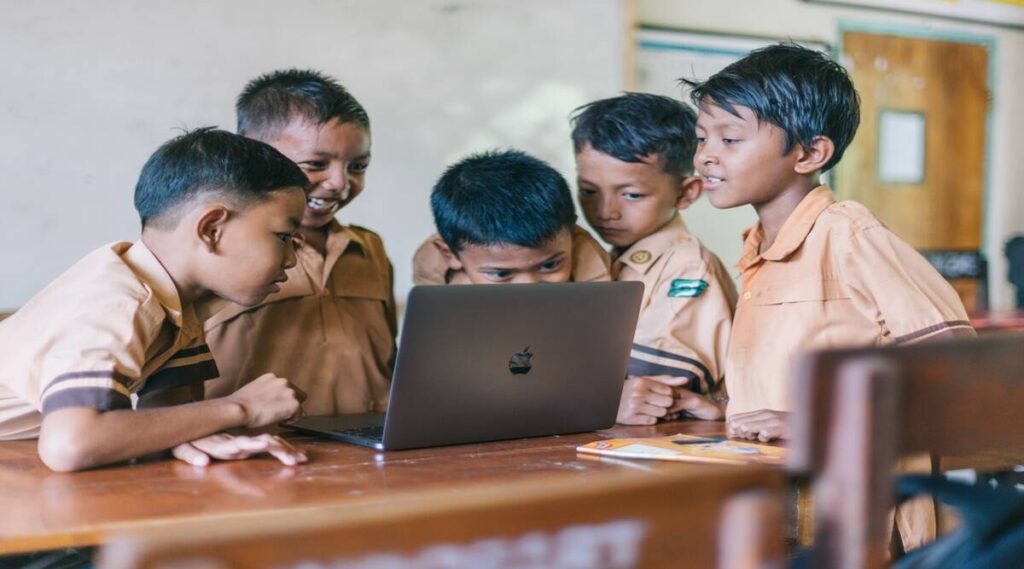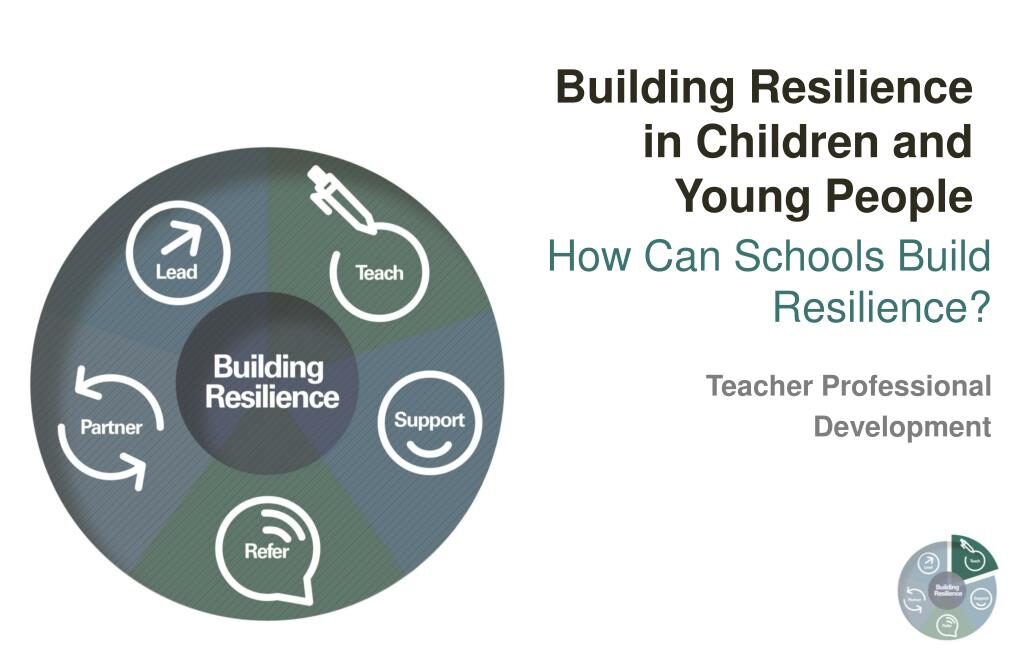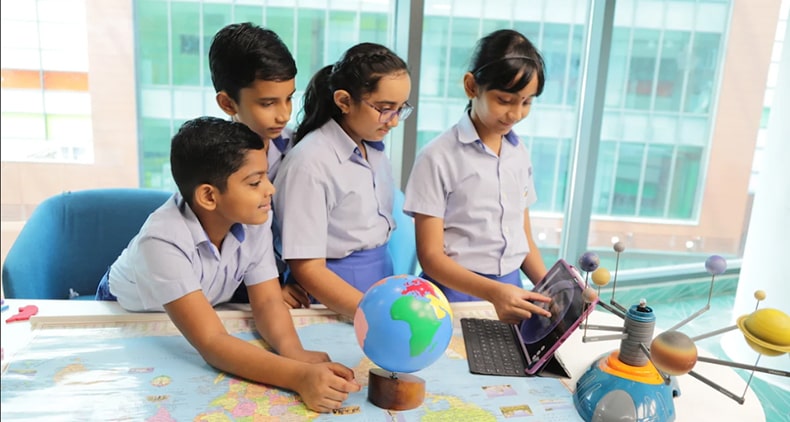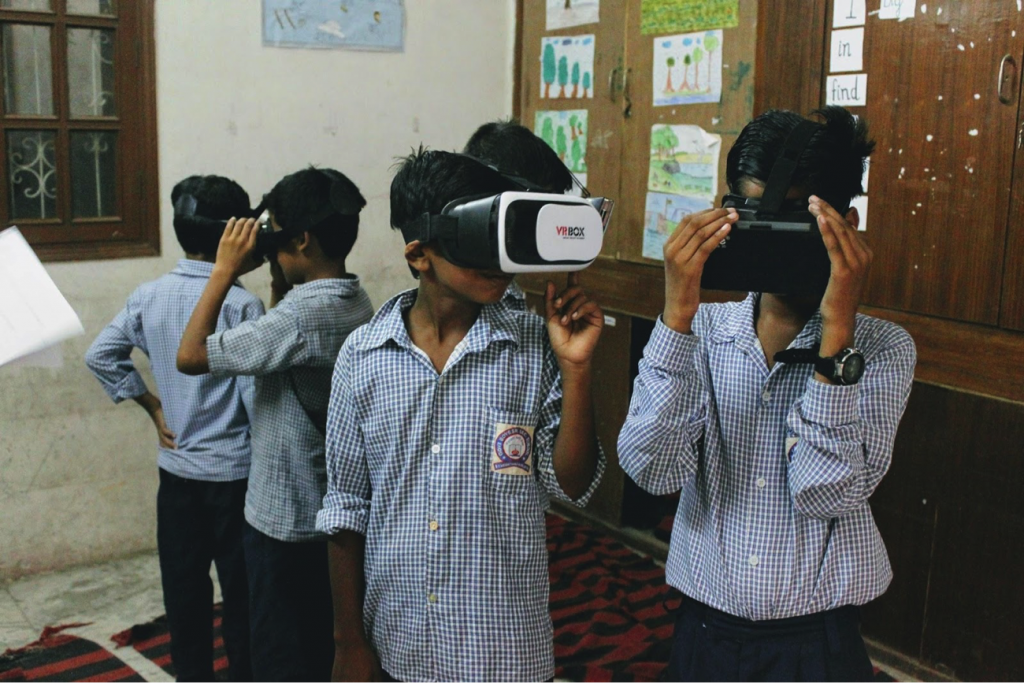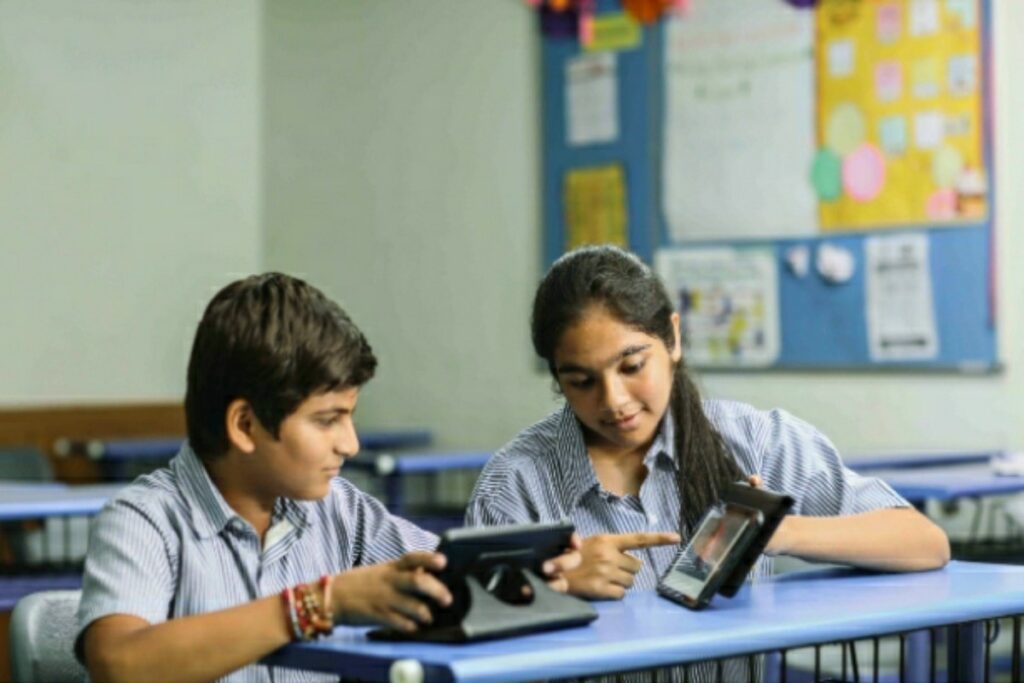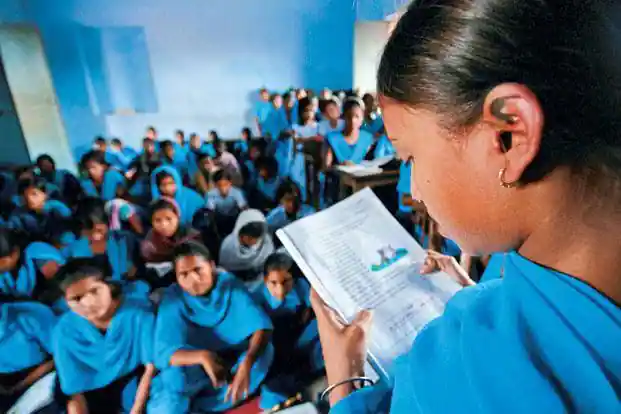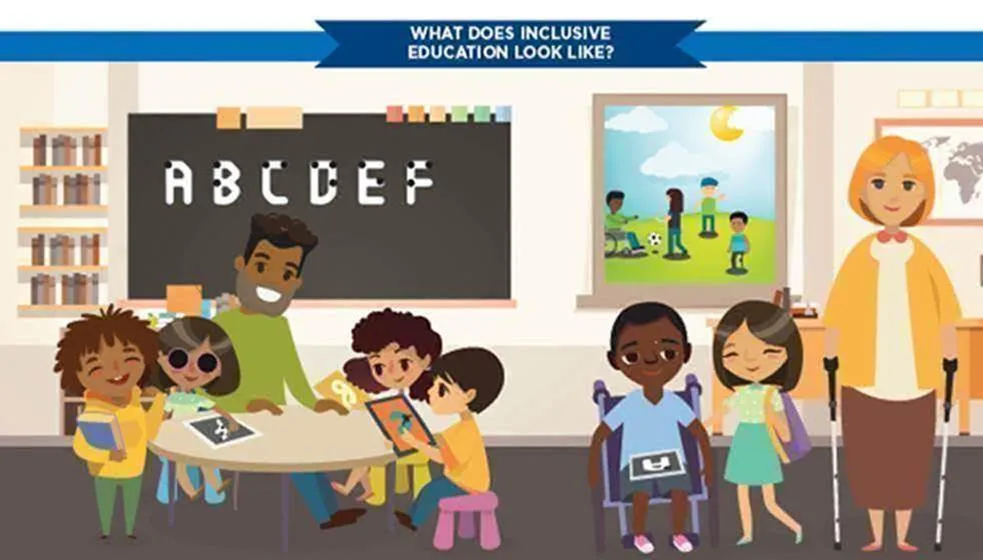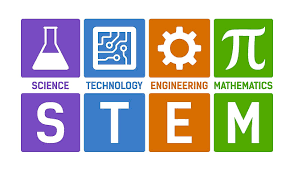The 21st century has brought significant changes to the world, and creativity and innovation have become critical skills for success. Indian schools play a crucial role in nurturing creativity and innovation in students. Here are some reasons why:
- Encourages Out-of-the-Box Thinking: Indian schools can encourage out-of-the-box thinking by providing students with opportunities to explore and experiment with new ideas. By promoting creativity, schools can inspire students to think innovatively and develop their unique solutions to problems.
- Fosters Critical Thinking: Critical thinking is an essential skill for creativity and innovation. Indian schools can foster critical thinking by encouraging students to question assumptions, analyze information, and evaluate evidence.
- Provides Opportunities for Collaboration: Collaboration is an essential component of creativity and innovation. Indian schools can provide students with opportunities to collaborate with their peers, teachers, and professionals. Through teamwork, students can develop new ideas and solutions.
- Encourages Risk-Taking: Innovation requires risk-taking. Indian schools can encourage students to take risks by providing a safe and supportive environment. By taking risks, students can learn from their failures and successes, which can lead to further innovation.
- Provides Access to Resources: Access to resources such as technology, tools, and equipment can play a crucial role in nurturing creativity and innovation. Indian schools can provide students with access to these resources, enabling them to develop their ideas and create new products.
- Embraces Diversity: Diversity is an essential ingredient in creativity and innovation. Indian schools can embrace diversity by creating a welcoming and inclusive environment that celebrates differences. By exposing students to diverse perspectives, schools can inspire new ideas and solutions.
- Encourages Entrepreneurship: Indian schools can encourage entrepreneurship by providing students with the skills and knowledge they need to turn their ideas into successful businesses. By promoting entrepreneurship, schools can inspire students to become job creators rather than job seekers.
- Incorporates Arts and Culture: The arts and culture play a crucial role in nurturing creativity and innovation. Indian schools can incorporate arts and culture into their curriculum, providing students with the opportunity to explore and develop their creative skills.
- Encourages Lifelong Learning: Creativity and innovation require continuous learning. Indian schools can encourage lifelong learning by promoting curiosity and providing students with the opportunity to continue learning beyond the classroom.
In conclusion, Indian schools play a crucial role in nurturing creativity and innovation in students. By encouraging out-of-the-box thinking, fostering critical thinking, providing opportunities for collaboration, encouraging risk-taking, providing access to resources, embracing diversity, encouraging entrepreneurship, incorporating arts and culture, and encouraging lifelong learning, schools can inspire the next generation of innovators and entrepreneurs. Therefore, it is essential for Indian schools to prioritize creativity and innovation in their curriculum and teaching methods to prepare students for success in the 21st century.
Read more such articles here



